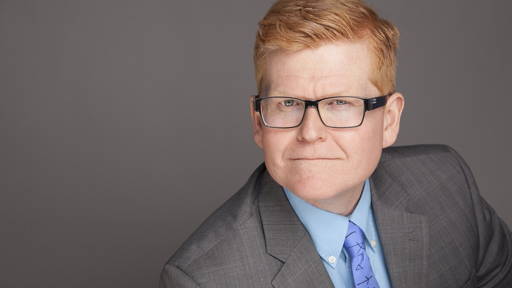The adoption of frontier technologies has speeded up unprecedentedly recently. Simultaneously, lockdowns and policies around the coronavirus containment kept us in some sort of a bubble. There have been many controversies in our society openly discussed in public which were underlying much earlier. It is a perfect moment to ask myself what this means to me as a physician and entrepreneur running a busy family with young kids.
Time stood still while technology is speeding up massively
While the COVID-19 pandemic slowed down many aspects of our work and social life, it accelerated other ones massively. We've seen a "fast forward" of technology in all sectors like EdTech, Fintech, Medtech. According to some reports, around 7-10 years in 2020! In the meantime, frontier technologies like data analytics, including AI, IoT, blockchain, 5G, 3D printing, robotics, drones, gene editing, nanotechnology, and solar photovoltaic, contribute to a new wave of technological change. These rapidly developing technologies represent a $350 billion market, which by 2025 could grow to over $3.2 trillion, according to the recent
UNCTAD report, entitled "Catching technological waves: Innovation with equity."
Rapid choices, widespread controversy
Things entirely accepted before the COVID-19 pandemic became, out of the blue, not self-evident any more. We even saw controversy about things never even thought of before may or may not be caused by the infodemic. For example, while wearing masks in public spaces in Japan is considered an expression of modern civilization, it is still not apparent in countries like the Netherlands. The non-compliance occurs even in clinical environments.
However, in the heat of a pandemic, choices should be made quickly based on the information at hand. Therefore, we can learn so much from it in hindsight.
Knowledge explosion
It is noteworthy that society is paying increasing attention to issues related to the intersection of scientific disciplines. It is a lesson in humility for clinicians, at least learning over time about the symptoms and organs involved in the disease. By September 2020, it caused an avalanche of
Lancet submissions: 6000 to 17000 in the weekly journals; 20.000 to 50000 submissions of manuscripts of all different varieties. Not including other papers with "COVID" in the title. Speeding up the reviewing process seemed to be done with more scrutiny as people felt a genuine urgency and read papers with more care and responsibility.
During the last year, many positive things emerged, like journal preprints with the rapid dissemination of new insights and open access for all COVID articles contributing to the societal benefit. Telehealth, including diagnostic devices, became an essential part of the healthcare system during the pandemic. There has been promising progress made recently in testing. For example, the color lens turning the smartphone into a fluorescence microscope. A simplified point-of-care assay using CRISPR technology emitting a fluorescent signal in the presence of the COVID-19 virus RNA could expand testing capability. Even more, we could envision point-of-care tests for any application as the probes can be
designed on the fly.
We've seen models based on data to help policymakers make difficult decisions when multiple, complex factors were involved. Recently, a group of researchers found that monitoring COVID-19 activity using multiple digital traces (e.g., Twitter posts, Google or UpToDate searches for "COVID") in near real-time could help identify earlier (up to 2-3 weeks) disease activity changes versus observation using traditional epidemiological monitoring.
What's the critical value for you?
One thing is sure: We cannot neglect or stop all these (technological) developments. Therefore, the key is to use this paradoxical period to become more aware and start seeing things from different perspectives while staying true to our values.
We should guide these developments from a multidisciplinary perspective, considering the global connections, building on human-centered, inclusive, and sustainable societies. Following the UNCTAD report, "technological progress is essential for sustainable development but can also perpetuate inequalities or create new ones. The task for governments is thus to maximize the potential benefits while mitigating harmful outcomes."
I would add that it's not just the decision-makers, but we all have a responsibility to revisit our values and see how we can contribute from our perspective.







